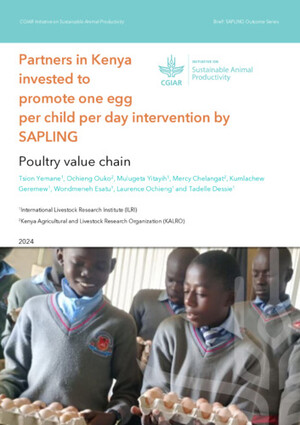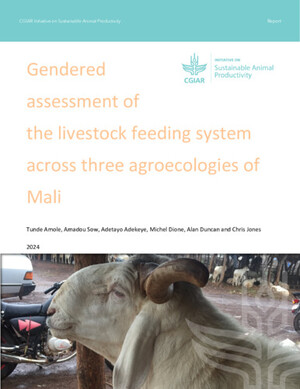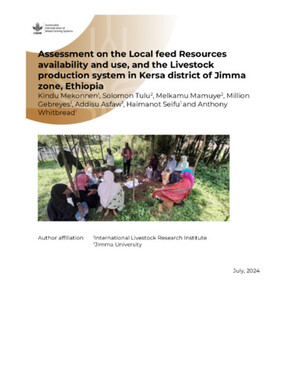
Edible forage production, chemical composition, rumen degradation and gas production characteristics of Calliandra calothyrsus (Messin) provenances in the humid tropics of West Africa
Abstract
Two experiments evaluated variations in feed value among Calliandra calothyrsus provenances. In Experiment 1, edible forage production of four provenances were evaluated at Ibadan, southwestern Nigeria over a 2-year period in three seasons: main-wet (April-August), minor-wet (September-November) and dry (December-March). Forage samples from the main-wet and dry seasons were incubated for 6, 12, 48, 72 and 96 h in rumen-fistulated steers to estimate in sacco dry matter (DM) and nitrogen (N) degradation characteristics. In vitro gas production was estimated over 3, 6, 12, 24, 48, 72 and 96 h of incubation. In Experiment 2, DM degradation characteristics of 14 provenances of C. calothyrsus planted on an acid soil in Yaounde, Cameroon, were evaluated. Data were subjected to cluster analysis for grouping, and the 14 provenances were placed into four distinct cluster groups. Based on the potential extent of DM and, N degradation and gas production characteristics in Experiment 1, the four provenances of C. calothyrsus were classified into three forage quality groups: high (ILCA 16310), medium (ILCA 14891, ILCA 15166) and low (NFTA 896). In Experiment 2, using the extent of DM degradation as a forage quality index, C. calothyrsus provenances in cluster 3 and 4 (namely: 51/92, 11/91. 13/91, 45/92, 10/91, 15/91, 18/91, 134/91, 12/91, 62/92), were relatively higher in quality than their counterparts in clusters 1 and 2. The results suggested the existence of intra-species variation among the provenances, and confirmed earlier observations that forage quality of C. calothyrsus could be improved through provenance evaluation.
Citation
Agroforestry Systems;39(3): 275-290









